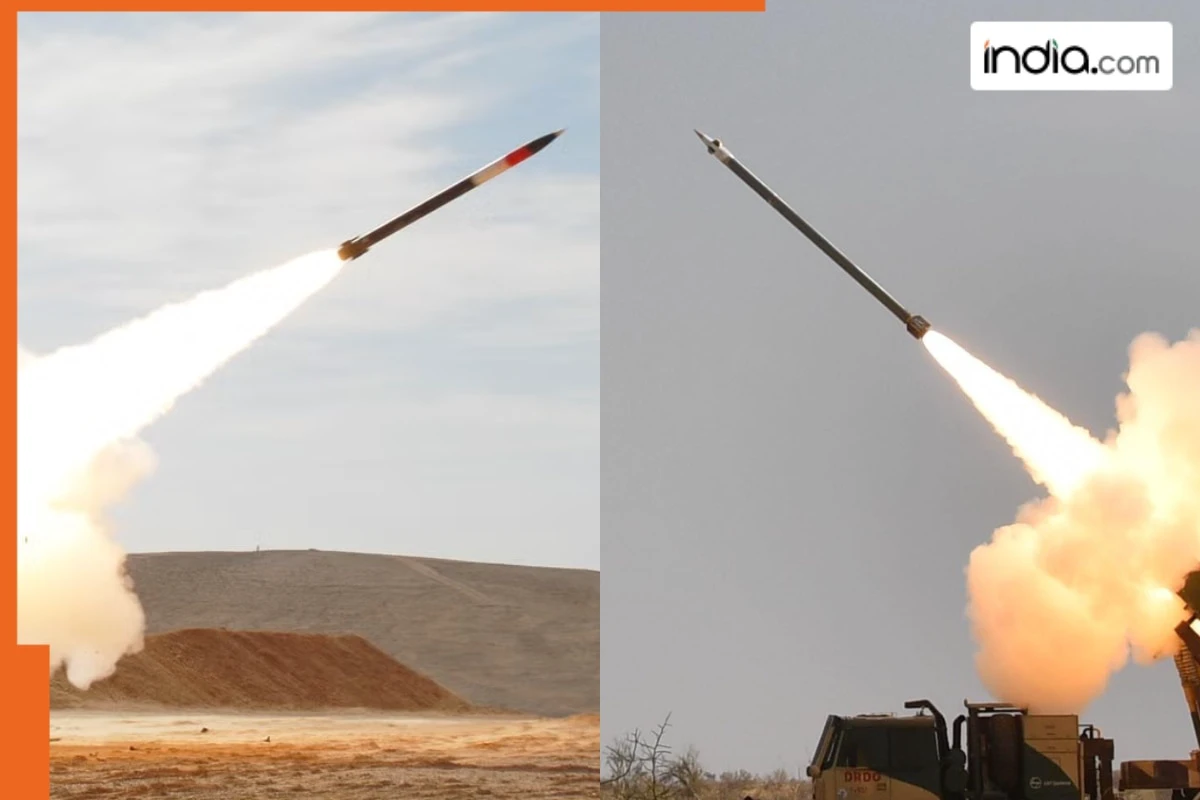New Delhi: An Indian defence company has partnered with Israeli company Elbit Systems to manufacture the Precise and Universal Launching System (PULS) Multiple Rocket Launcher (MRL) locally.
NIBE Defense and Aerospace Limited, a private sector defence company of India, has signed an agreement to manufacture the Israeli company’s Precise and Universal Launching System (PULS) Multiple Rocket Launcher (MRL) in India.
What is the competition between India and Israel?
That is, the PULS multiple rocket launcher will be manufactured in India itself, which will compete with the Pinaka rocket system, which played an important role in Armenia’s fight against Azerbaijan. In a filing given to the National Stock Exchange (NSE) on July 28, defence company NIBE has given information about the agreement and said that the MRL will be developed locally.
What does the agreement include?
If approved, it can be supplied to the Indian Army. According to the report, this agreement includes transfer of technology and it will be made under the ‘Make in India’ programme. This will lead to a rapid increase in local manufacturing in India and India will be established as a global supplier of artillery systems. Its Indian variant has been named ‘Surya’. The biggest feature of this defence platform will be that it can fire both missiles and rockets from the same platform. This is a highly advanced system, which will have a strike range of up to 300 kilometers and its biggest feature will be to attack accurately.
How good is India’s Pinaka system?
The Indian Army currently operates the Pinaka Multi Barrel Rocket Launch System (MBRLS), which has been jointly developed by DRDO and Indian Defense Industry. This system was first used in the 1999 Kargil war and has been developed several times since then. The range of Pinaka Mk-1 is about 37.5 km, while the range of Mk-2 and ER variants is between 60-90 km. This system can fire 12 rockets in just one minute. Apart from this, the specialty of the Pinaka rocket system is that it can be deployed in different parts of India, such as hilly areas, deserts, and plains.
What are the features of Indian and Israeli systems?
The PULS has a range of 300 kilometers, which can target a large part of Pakistan while Pinaka Mk-1 rocket has a payload of 100 kg and can carry a variety of warheads, such as anti-tank mines and blast-cum-pre-fragmented high explosives. The biggest feature of the PULS system is its universal launching capability as it can fire rockets and missiles ranging from 122 mm to 300 mm from a single platform. Apart from this, PULS supports different types of rocket calibers, so that operators can choose different shells according to the needs during the mission and fire them at the enemies. For example, it can launch 122 mm rockets with a range of 40 km, 160 mm rockets with a range of 45 km, 306 mm rockets with a range of 150 km and can also easily fire heavy rockets and missiles like Xtra and Predator Hawk, which have a range of 300 km.
